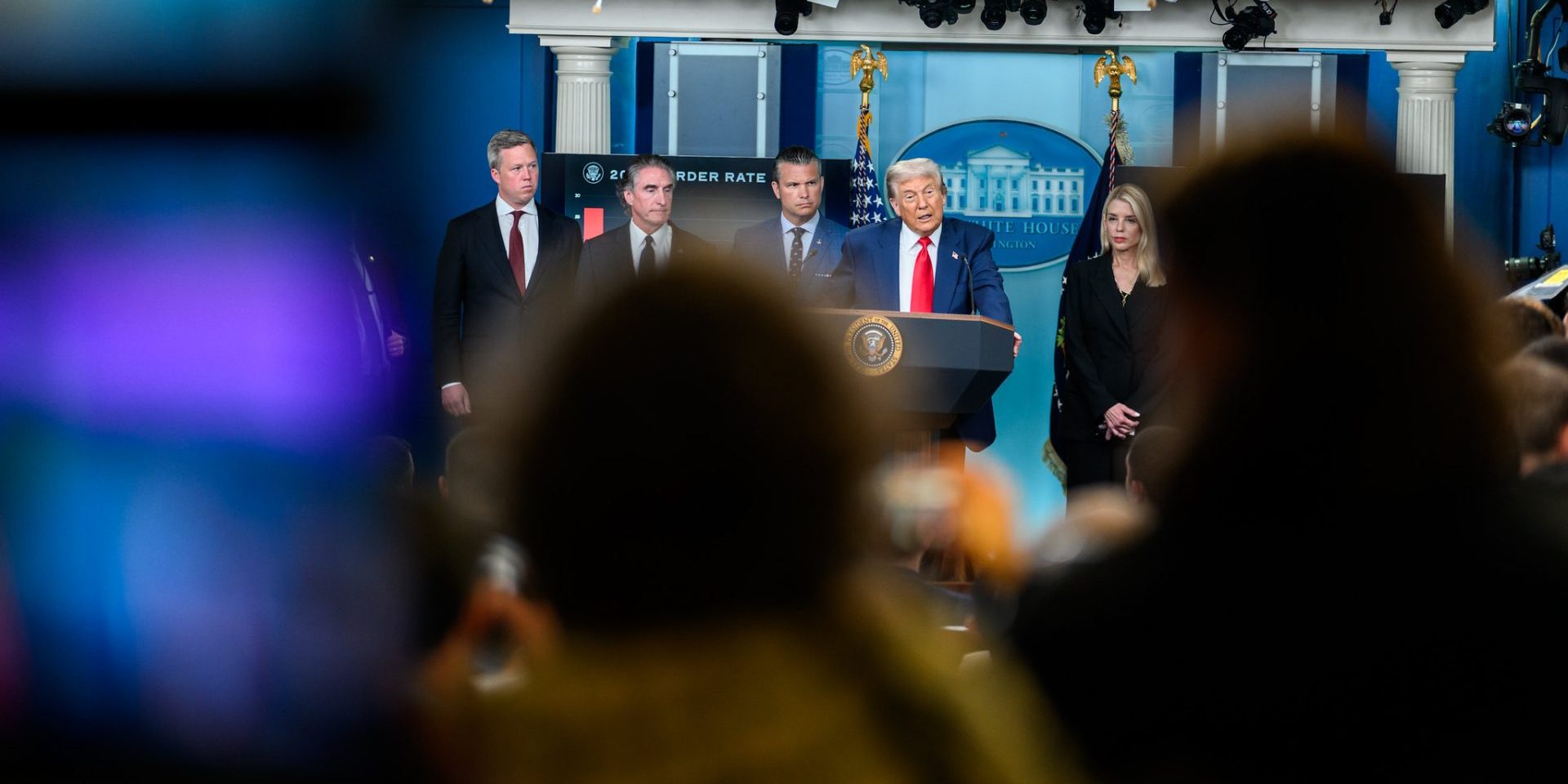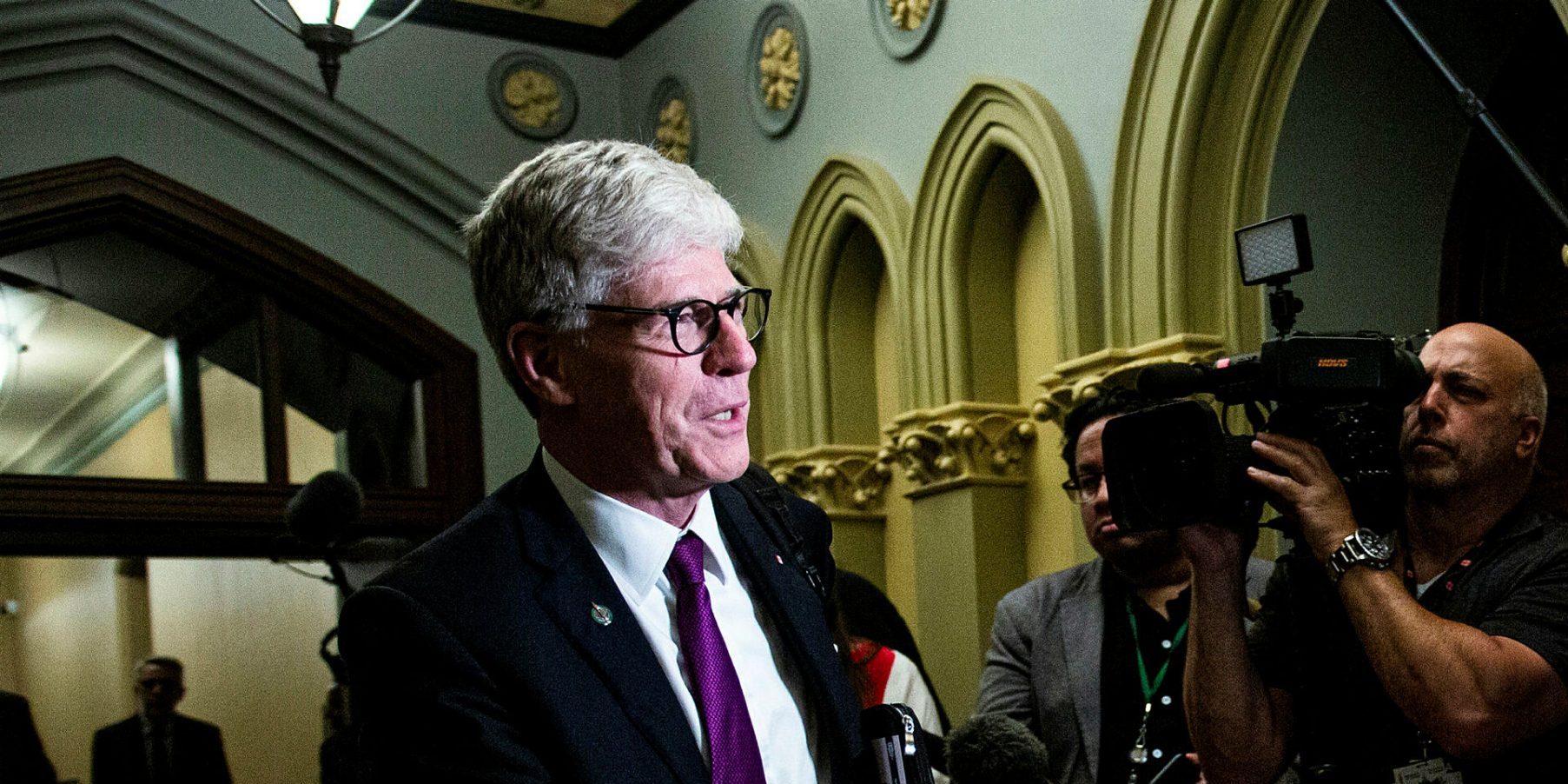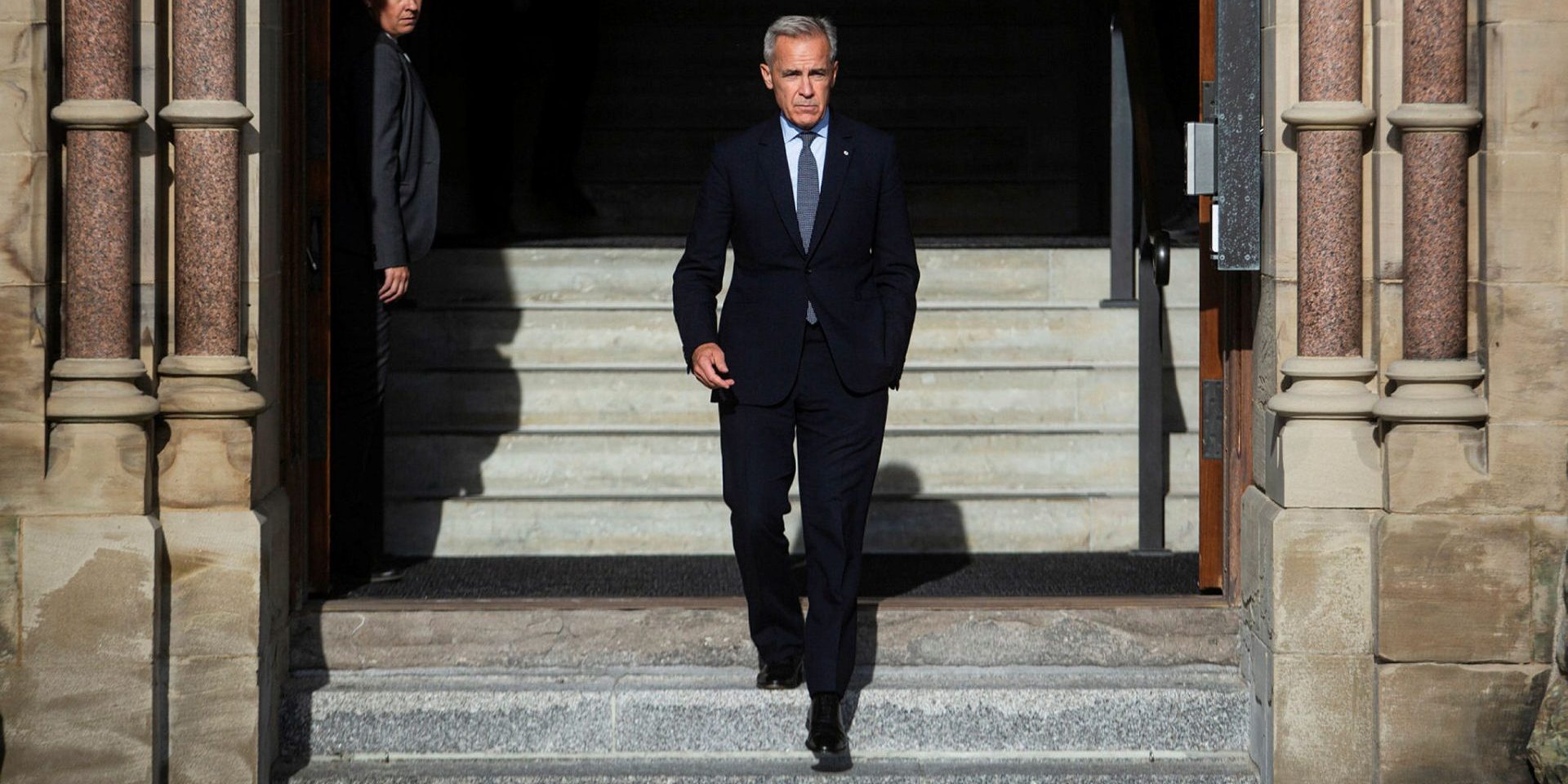Trump management

LONDON, U.K.—It’s like one of those slapstick comedies from the early days of silent films: the Keystone Cops movies, perhaps, or Buster Keaton’s various efforts. Lots of people rushing around, constant reversals of fortune, and many pratfalls.
On Aug. 13, on very short notice, the presidents and/or prime ministers of other major countries in the NATO alliance got together online to prep U.S. President Donald Trump for his “summit” meeting with Russian President Vladimir Putin in Alaska on Aug. 15.
He had to be coached about his newly adopted positions defending Ukraine’s sovereignty and territorial integrity because everybody knows that Trump tends to echo the views of the last person who talked to him, especially in subjects he doesn’t know about (which is most subjects).
So, French President Emmanuel Macron, British Prime Minister Keir Starmer, German Chancellor Friedrich Merz, Italian Prime Minister Giorgia Meloni, NATO Secretary-General Mark Rutte, and sundry other European NATO notables drilled Trump on what to say and what not. Ukraine’s President Volodymyr Zelenskyy also got a few words in.
Most importantly, they all said, Trump must insist that Russia accept a ceasefire before peace negotiations started. Otherwise Putin could drag the negotiations out forever while continuing to conquer more Ukrainian territory. Trump was already quite cross about Moscow’s foot-dragging on a ceasefire, so he seemed to take their advice seriously.
Indeed, just before he stepped aboard Air Force One to fly to Alaska on Aug. 15, he told reporters: “I want to see a ceasefire rapidly … I’m not going to be happy if it’s not today … I want the killing to stop.” But he was flying there to meet Putin—who would then become the last person he talked to on the subject.
It was probably inevitable that Trump would do a U-turn as soon as he was in Putin’s presence. All his promises of “severe consequences”—secondary tariffs on countries importing Russian oil—if Putin would not agree to a ceasefire went out the window. The 50-day deadline, the eight-day deadline, the tomorrow deadline—all forgotten in a moment.
Flying home from Alaska, Trump wrote on Truth Social: “It was determined by all that the best way to end the horrific war between Russia and Ukraine is to go directly to a peace agreement.”
Who’s “all?” Trump, property tycoon Steve Witkoff, and former Florida senator Marco Rubio (total six years of foreign affairs experience), versus Putin, Russian foreign minister Sergei Lavrov, and foreign policy adviser Yuri Ushakov (total 133 years of foreign affairs experience).
To be fair, Trump probably didn’t understand that this meant the Russians could go on fighting and bombing Ukraine until there was a peace settlement agreeable to Moscow, which will only be reached if and when Russian’s maximal demands—amounting in practice to the subjugation of all Ukraine—have been accepted. He’s not a details man.
Trump then summoned Zelenskyy to Washington, D.C., to hear the bad news. But almost all the European NATO leaders who prepped him last week were also in attendance for a last-ditch effort to turn Trump around again.
Even if it works this time, it’s impossible to be always the last person Trump speaks to, and the effort to be that person soon degenerates into slapstick and pratfalls. The European NATO heads of government—and Canada’s—will soon have to build a new NATO that does the old one’s job of deterring Russia, but without the U.S.
They will, of course, carry on the pretence of the old NATO as long as possible because although they have the money and the numbers to perform that task without American help there will be many shortfalls and gaps in the new alliance during a lengthy transition (three to five years).
It will take a lot of hypocrisy and a massive campaign of perpetual flattery for the old NATO countries to keep Trump on side for that long while simultaneously keeping Ukraine out of Russia’s hands. However, that is the task they have now set themselves, although some have yet to come fully to terms with the new strategic realities.
Gwynne Dyer’s new book is Intervention Earth: Life-Saving Ideas from the World’s Climate Engineers. The previous book, The Shortest History of War, is also still available.
The Hill Times






 LICENSING
LICENSING PODCAST
PODCAST ALERTS
ALERTS


